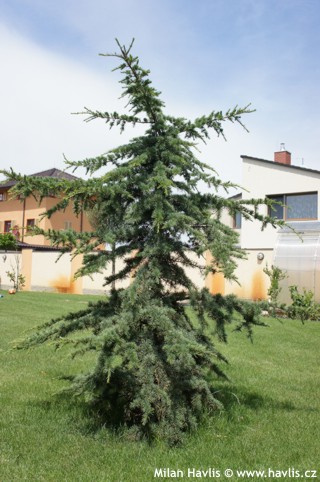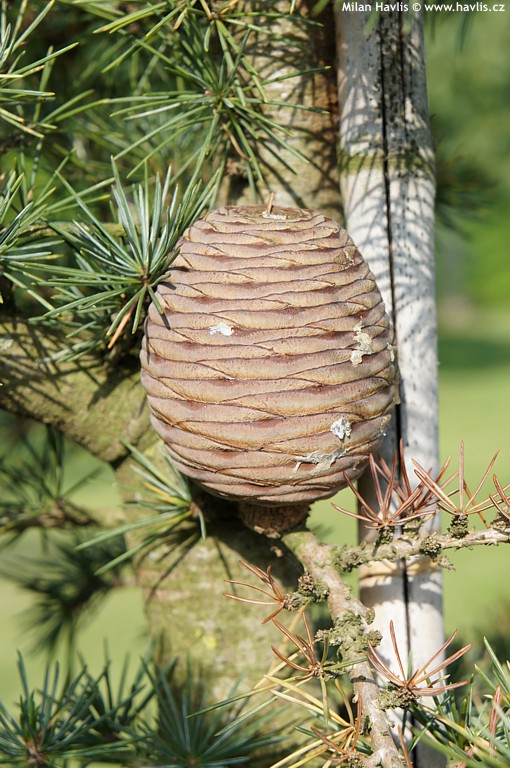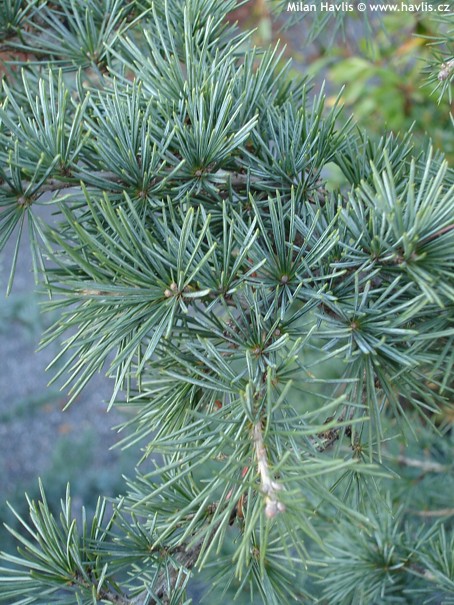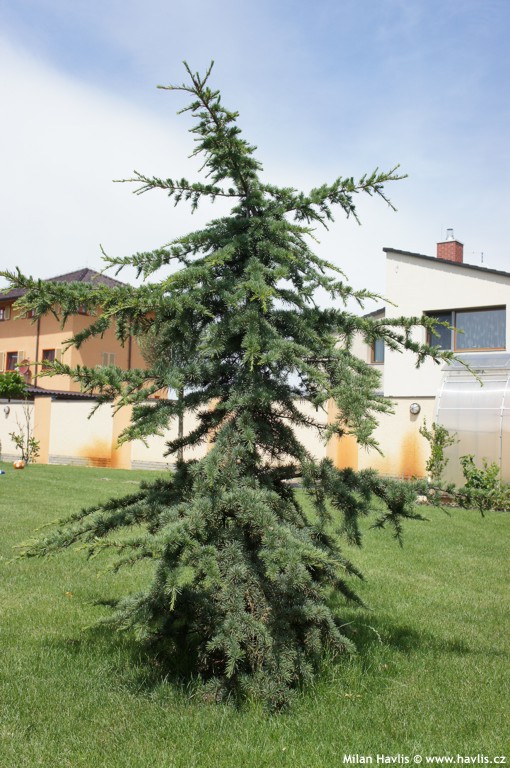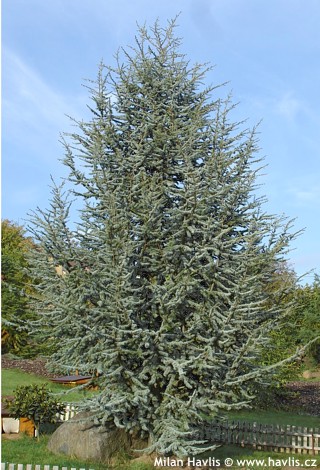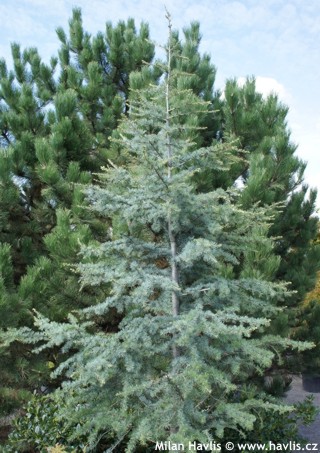Cedrus libani 'GLAUCA' cedar of Lebanon
size/type
tall tree,tall tree
usual height
10-20m
usual width
8-15m
leaves
evergreen conifer
colour of leaves
flowers
insignificant or non-blooming
location
full sun
USDA zone (lowest)
5b (down to -27°C)
winter protection
for zone 5+6

for zone 7

categorized
Cedrus
Cedar of Lebanon is the most popular cedar in our country as it combines two important features: it is fully hardy and has the typical, beautiful cedar shape. The species bears green needles, however, in this case we are offering a rare variety named Glauca with blue-green (glaucous) needles. Don’t mistake it for the cedar of Atlas which bears the same variety name. Although this cedar was allegedly found long before 1900 it has only recently been introduced and is still very rare.Description of the plant:
Cedrus libani Glauca is truly a cedar of Lebanon whose mid-sized, evergreen needles are blue-green (not silvery-blue as in dcedrus atlantica Glauca), and are borne in whorls of 10-20. The main feature is its habit with strictly horizontal layers of branches so typical for cedar of Lebanon. It grows slowly, thickening its branches first rather than speeding upwards. Aged about 50 years it can grow 12-15m tall (conditions pending). As it is a long-lived tree making its maximum height in a couple of hundreds of years we are unable to estimate its ultimate size. When growing too wide you can easily remove lower branches in the autumn to make some room beneath. This is the usual way to grow cedars in crowded Italian towns.Although cedar of Lebanon is a hardy species we do not recommend planting it in mountainous regions with prolonged winter periods or in frost pockets. If the needles are damaged by severe frosts the tree usually makes new ones in late spring. It grows reliably in any soil type, even chalky, and needs a sunny location with plenty of space. Hardy to min. -27°C (USDA zone 5b).
Last update 07-11-2009.
QUICK PRICE OVERVIEW
CURRENTLY SOLD OUT












